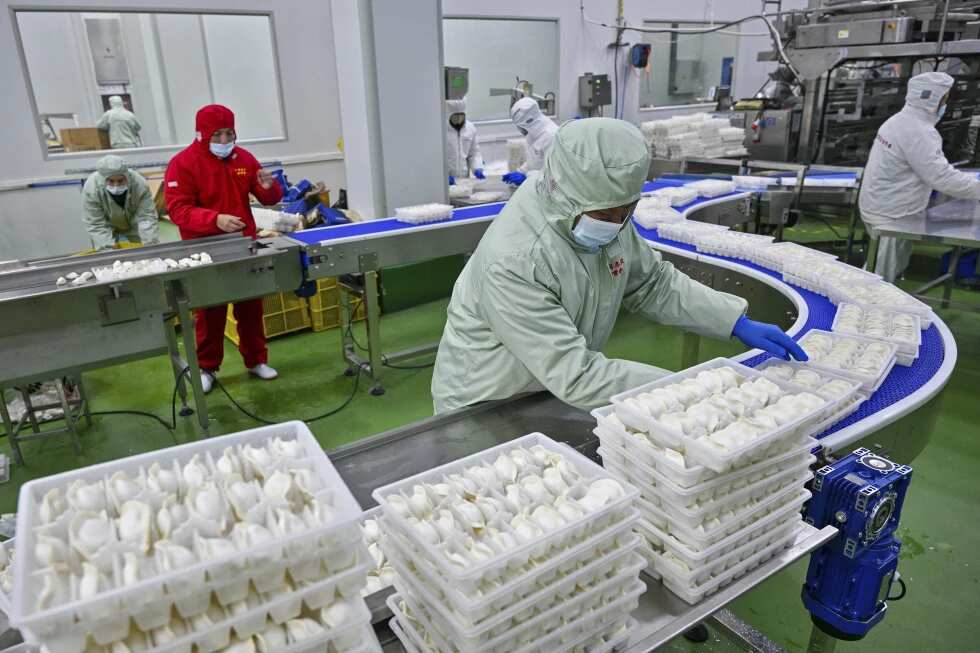China’s manufacturing sector suffered a sharp shrinkage in May, with the Caixin Manufacturing Purchasing Managers’ Index (PMI) coming in at 48.3-the worst reading since September 2022. This means that, for the first time in eight months, the reading went below the neutral threshold of 50, pointing to deterioration in business conditions by mid-second quarter.
The slowdown in new orders underpins the decline in PMI. Domestic demand is weakening at a rapid pace, with foreign sales also dropping, for the second month in a row. Both of these weigh on the factory output. Thus, manufacturing output declined for the first time in 19 months, laying the groundwork for job cuts and reduced buying in the fabrication industry.
Demand falters, inventories pile up
Down in the sales, manufacturers were compelled to shed employees and were also not recruiting to replace the departed workers. Purchasing actions saw a marginal decline, although a slight increase in purchases stocks implied satisfactory pre-production inventories. Finished goods inventories also managed a slight increase after four months of decline due to slowdowns in sales and delays in outbound shipments.
Supplier delivery times stretched out for the third consecutive month. Input and output prices continued their drop as companies dropped prices owing to drops in raw material and energy costs. The price drop accelerated as compared to April.
Also Read:US-China agree to trade deal in Geneva; US to lower tariff on China goods from 145% to 30%
Job losses deepen as firms cut costs
The job market contracted further in May, with employment falling at a faster pace than in April. According to Caixin Insight Group’s senior economist Dr Wang Zhe, employment has now declined in eight of the past nine months. Manufacturers, particularly those producing investment goods, laid off significant numbers of workers amid growing market uncertainty.
Despite the gloomy indicators, business confidence improved slightly. Optimism regarding future output rose for the first time in three months, with firms hopeful about an eventual improvement in trade conditions and broader access to export markets.
Also Read: US-China Trade Truce Stuns Street: What it means for IT, pharma, and your portfolio
Trade tensions linger despite tariff relief
The manufacturing data comes amid ongoing trade tensions between China and the United States. A temporary deal earlier this month saw both sides reduce tariffs—China cut duties on U.S. goods from 125 per cent to 10 per cent, while Washington slashed Trump-era tariffs from 145 per cent to 30 per cent for 90 days. However, these rates remain above pre-2017 levels, leaving investors wary.
Adding to the strain, US President Donald Trump accused China of violating an agreement and warned that he would no longer be “Mr. Nice Guy” in trade talks, Ap reported. Trump indicated he might speak with President Xi Jinping soon to defuse the situation. Meanwhile, Beijing lodged a formal protest against Washington’s move to revoke visas of Chinese students, calling the measure “unreasonable.”
Anurag Dhole is a seasoned journalist and content writer with a passion for delivering timely, accurate, and engaging stories. With over 8 years of experience in digital media, she covers a wide range of topics—from breaking news and politics to business insights and cultural trends. Jane's writing style blends clarity with depth, aiming to inform and inspire readers in a fast-paced media landscape. When she’s not chasing stories, she’s likely reading investigative features or exploring local cafés for her next writing spot.






